Hi folks, Drew from PaXaN here. The ‘90s were a special time for gaming, with the release of so many incredible games and strange trends it was a time when the medium really started to take off. Gaming advertising became ever zanier using strange peripherals, goofy actors and free cover disc CDs to entice a whole new audience to buy the latest gaming console. With this in mind here are 5 things gamers from the 90s will remember!
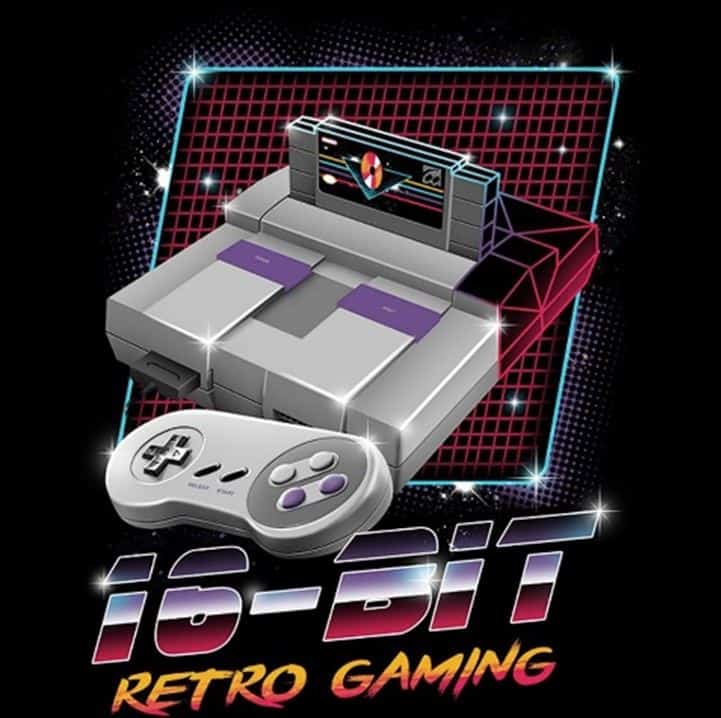
Bits
An odd side effect of the ‘90s era of gaming was many gamers becoming uncannily good at their 8x tables. The reason for this, of course, was the enormous surge in home computer technology, which allowed gaming consoles to double in power every couple of years. Despite having zero ideas what the word really meant every gamer worth their golden rings measured this jump in power using ‘bits’. The beginning of the decade still saw many home entertainment systems using the soon to be outdated 8-bit consoles of the ‘80s. These were quickly unseated by the powerful and jaw-dropping 16-bit consoles, such as the SNES (Super Nintendo Entertainment System) or the Sega Mega Drive/Genesis. In just a few short years Sega Saturn and the first Playstation would blow gamers away even further with their 32-bit CPUs, being quickly bested in power by the decade’s processing juggernaut, the N64 (Nintendo 64), which was capable of rendering the most realistic looking graphics to date. The word ‘bits’ became common verbiage for anyone talking about video games, with friends discussing their new Christmas present in schoolyards to infomercials trying to sound technical. This metric was, in fact, a simple way in which to measure the state of the console wars which inhabited the hearts and minds of young gamers in the ‘90s. Looking back now it seems obvious that this was just a marketing ploy from advertising companies with too much money to stir the pot and get gamers backing their favorite consoles with blind loyalty. A trend that has taken a further two decades for the medium to start to unlearn.
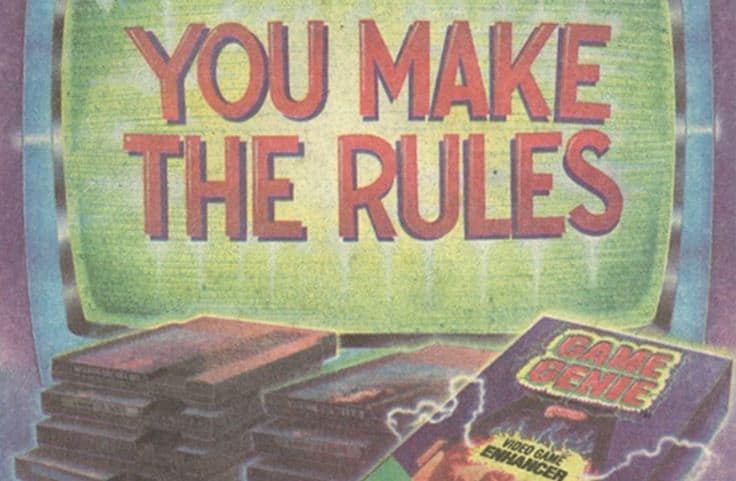
Game Genie
Game Genie, Game Shark, and Action Replay were names known to most gamers during the 90s. These cartridges and plug-ins were essential if you were trying to beat a particularly difficult game such a Contra or Battletoads. Just bivouacking this chunky piece of hardware between your console and game allow would minor tweaks to be made to the game’s coding. This would, in turn, allow you turn on cheats or perks giving you infinite lives, allowing you to start on a later stage or unlocking secret characters in the endless amount of fighting games that were around. The more advanced consoles could be even further tweaked by allowing the player character to fly around the map or by enabling ‘no clipping mode’ which gave you the ability to walk through anything in the level. Despite this being the first foray, for many of us, into how games were created each of these devices came with an almost overbearing sense of dread. Sure you were having fun with the game but who knows what permanent damage you were doing to your console or cartridge. We, the PaXaN team, are aware that we can’t definitely say that the amount of corrupted saves files on our PS1 memory cards was the direct result of an Action Replay device but at the same time it is what we 100% believe!
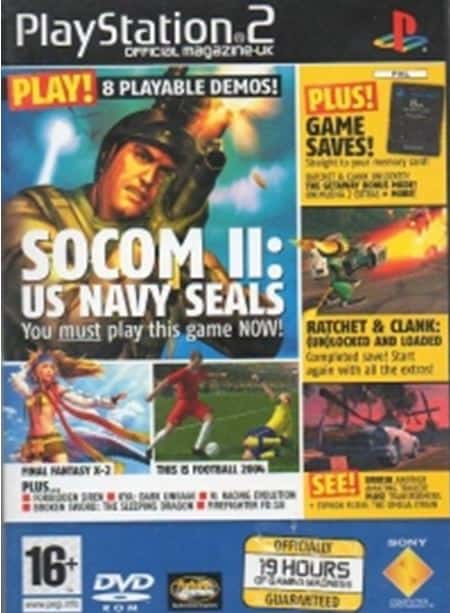
Cover Disks/Demo Disks
An aspect of the 90s, which environmentally concerned organizations do not miss, is the reckless abandon with which game makers would place a demo version of their latest product on CDs. Such CDs would make their way into our impressionable lives by being a pizzeria deal incentive or by being taped to the front of the latest copy of a gaming magazine. This, of course, meant that before long your disc-based gaming collection actually featured more demos of video games than actual fully-fledged video games. This, in fact, worked as a detriment to the sales of video games overall, given that our attention spans lasted no longer until the end of the pizza which meant owning the demo was basically the same as owning the video game itself. Even back then most of us could see the glaring inaccuracy of this logic but what we didn’t see was the necessity to spend $50 to buy the whole thing. Unless your birthday and/or Christmas was around the corner it was unlikely that you were getting a new video game anytime soon, hence your favorite demo being played over and over again. A few of the obvious downsides to this phenomenon were your bedroom being stacked with freebie CDs and you barely ever actually having a fully-fledged game to play.
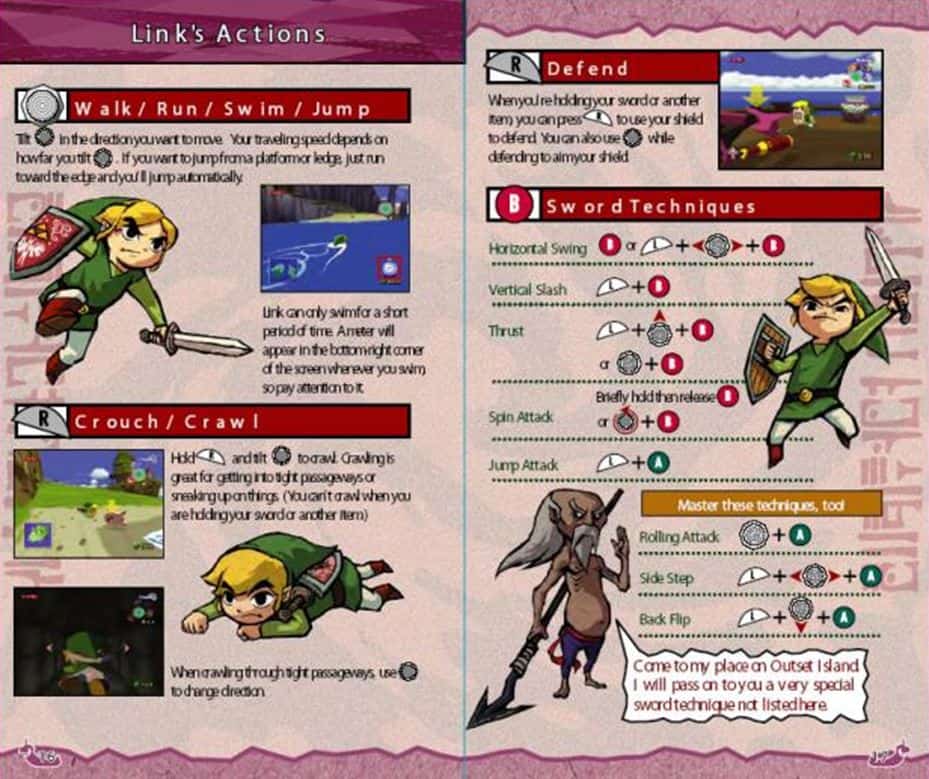
Gaming Manuals
As adults, we don’t need a manual to learn how to play a game anymore. Now, all we require is our gut instinct, honed gaming skills and the patience of playing through yet another goddamn two-hour tutorial section. Back in the 90s though we could glean some of this information from the little booklet that was inside the game’s casing. This was often one of the best parts of being bought or buying yourself a new videogame, other than actually playing it that is. Riding the bus back home from your local gaming boutique or waiting the appropriate amount of time on Christmas morning until you could game was made bearable by reading the gaming manual front to back. Soaking up just enough lore to whet your appetite and already deciding which is going to be your favorite character from just a picture was almost like a new game ritual, one that had to be completed before even turning the game on. Hidden behind this enjoyable experience was the fact that this booklet was the only way many game makers could give some elements of backstory to their games. Many of the consoles during the early 90s just didn’t have the processing power for a cinematic or lengthy story arc, leaving us sometimes to wonder exactly why Axel Stone, Blaze Fielding, and Adam Hunter had so much rage and why they were taking it to the streets. As essential to the experience as they were the latter half of the decade saw these manuals getting ever so smaller. As people became more environmentally conscious gaming companies decided to eventually do away with manuals all together, leaving us today to scour wiki sites to garner any lacking back story.
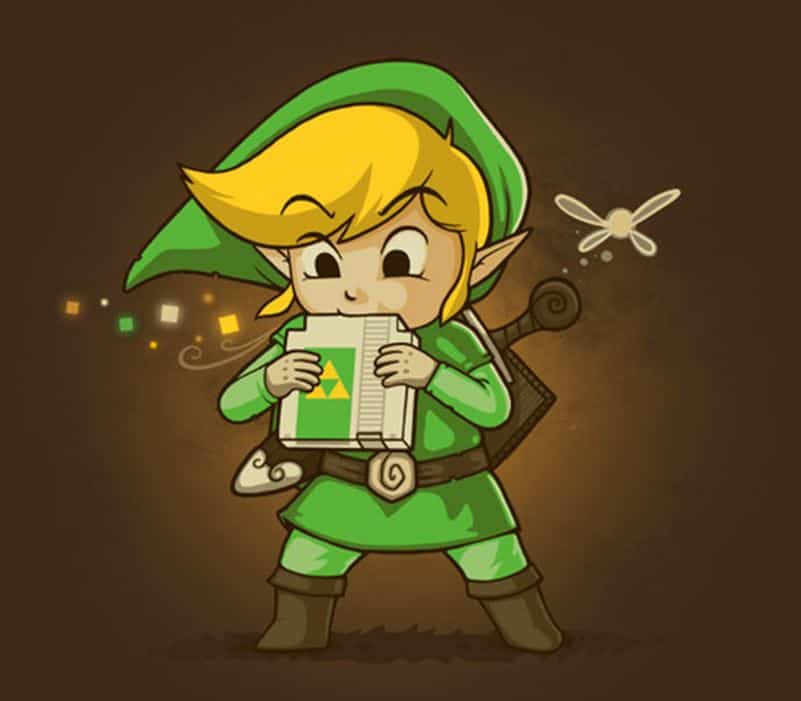
Blowing Into The Game Cartridge
If nothing else gamers from the 90s can and will always remember blowing into the business end of their video game cartridge in an attempt to get it to work. They will also remember being a staunch believer that this was, in fact, the way to fix an unresponsive cartridge. Many modern games companies, such as Nintendo, are actually laying down the cold hard truth that this method, in fact, had more chance of damaging the cartridge due to the moisture in your breath. Taking the cartridge in an out of the console was the fix as it gave the game multiple chances to make a solid connection and boot up the loading sequence. Baring in mind that this tactic was around before such information was widely spread on the internet, one of the strangest facts about blowing into the cartridge was that everyone seemed to be doing it. Watching someone using this, at the time, genius technique was enough to permanently embed it into our minds that this was indeed the one and only way to play a broken game. In lieu of the fact that this method has been disproven, it’s eerie how it’s still at the forefront of our minds when we feel like turning on a retro console for a bit of old school DK platforming madness.
And that’s our list folks. Gaming into the 90s shall forever remain a cherished memory for many of us. New videogames coming out seemingly every month, iconic 16-bit gaming soundtracks that we shall forever revere and the sobering reminder that the final boss of Ecco the Dolphin was legitimately terrifying. Do you have any other fond memories of gaming during the 90s? Give us a like and let us know down in the comments. Thanks for reading!
Written by Drew Lewis
Edited by Erik Larsen & Gillian Anderson
Hi folks, Drew here from PaXaN. I am an up and coming video game journalist looking to inject your daily cravings for virtual screen time with various features on video games and the industry itself. Keep an eye on this space for more news and features on your favourite games both new and old. Have an idea for a feature piece or something you’d like for me to cover? Send me a message on WeChat or email me and I’ll get back to you as soon as I can. WeChat ID: DrewAW, Email: [email protected]
Click here for more articles by Drew from PaXaN.

